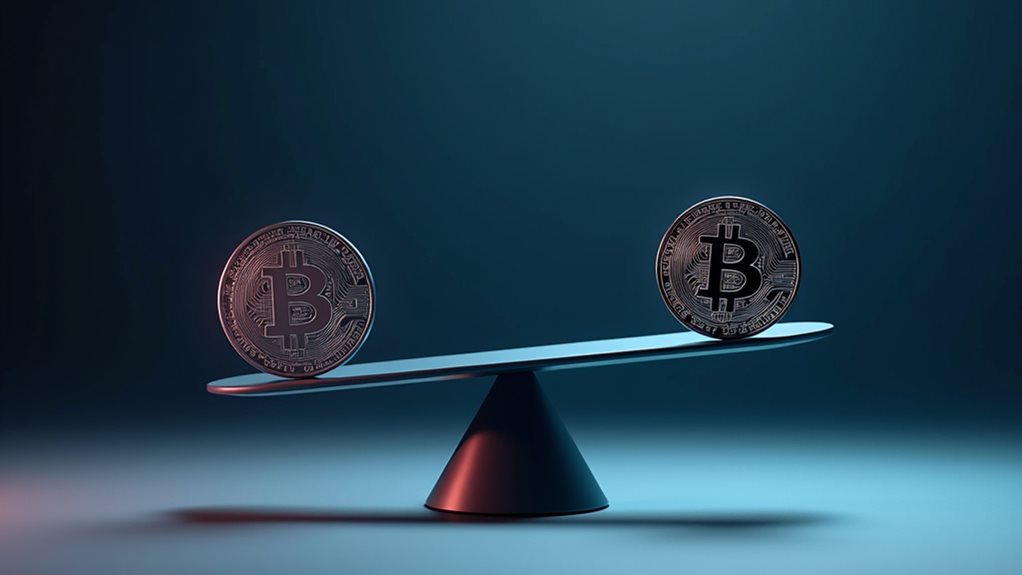Stripe’s acquisition of Bridge is shaking up global payments. The fintech giant dropped serious cash to grab Bridge’s stablecoin tech, targeting a massive $3.7 trillion cross-border market. Perfect timing, too – stablecoins moved $15.6 trillion in 2024, rivaling Visa’s volume. The focus? Underserved markets where traditional banking fails. CEO Collison calls it the “room-temperature superconductor” of payments. Smart move or crazy gamble? The numbers tell quite a story.

Nearly every payment giant has flirted with crypto, but Stripe just went all in. The fintech powerhouse completed its largest-ever acquisition in February 2025, snatching up Bridge – a move that’s either brilliant or crazy, depending on who you ask.
But here’s the kicker: this isn’t about crypto speculation. It’s about boring old payments, just way faster.
Bridge handles the unsexy but essential task of converting stablecoins across borders. Think Starlink getting money out of Argentina or Nigerians paying for YouTube Premium without the usual payment headaches. That’s right – while everyone else was obsessing over Bitcoin prices, Stripe was quietly building the plumbing for a $3.7 trillion market. In 2024, stablecoins demonstrated their growing significance by moving 15.6 trillion dollars in value, rivaling Visa’s transaction volume.
While crypto bros chase moonshots, Stripe focuses on the unglamorous work of moving money across borders efficiently through stablecoins.
The timing is perfect, really. After dumping Bitcoin back in 2014 (smart move), Stripe waited for the market to mature before diving back in. Now they’ve got regulatory approval, a Visa partnership for stablecoin-linked cards, and a single API that makes cross-border payments feel like sending a text message. The project has been under development for nearly a decade, according to Patrick Collison. With DeFi growth accelerating across traditional industries, Stripe’s timing couldn’t be better for institutional adoption.
CEO Collison calls it the “room-temperature superconductors” of payments. Nerdy analogy, but he’s not wrong.
The focus is deliberately away from the usual suspects – US, EU, and UK. Instead, Stripe’s targeting places where traditional payment systems are about as reliable as a chocolate teapot. Their solution bypasses clunky SWIFT transfers and helps businesses dodge local currency chaos with dollar-pegged stablecoins.
Early results are promising. Stripe processed $1.4 trillion in 2024, up 38%, and this new infrastructure could supercharge that growth. They’re not alone in seeing the potential – Citi and other banking giants are eyeing the same prize.
The real magic isn’t in the technology – it’s in making complex payment infrastructure invisible. Developers can integrate once and reach everywhere, while businesses get paid in minutes instead of days. Not bad for a company that once thought Bitcoin was the future.









